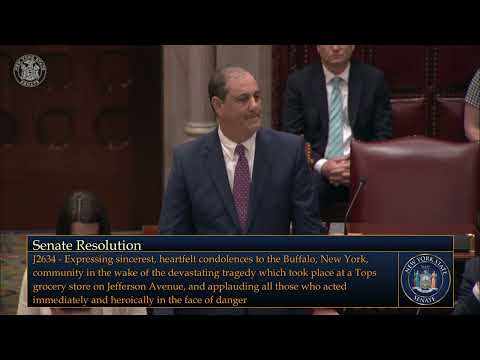
The phragmites fight
Editorial from the Staten Island Advance: http://blog.silive.com/editorials_impact/print.html?entry=/2010/10/the_phragmites_fight.html
The phragmites fight
The weather has cooled and the extended period of wet weather over the last several weeks has more or less guaranteed that all those Staten Islanders who live near phragmites-filled wetlands can rest easy - for now: Their homes won’t be threatened by raging brush fires for another six months.
But that doesn’t mean public officials alarmed by that threat should rest easy. That’s because this year’s crop of phragmites will die over the winter, but remain. And, come next spring, when the weather warms and we start to see runs of dry, sunny weather again, those acres of dead phragmites will become tons of dry tinder, awaiting only a single spark - often intentionally provided - to ignite them into roaring infernos.
Those fires, which often require hundreds of firefighters to extinguish, burn for hours and even days, threatening to consume everything in their path. That includes the homes of people who live adjacent to wetland tracts in Oakwood Beach, Great Kills, Midland Beach and other areas.
It happens every spring. It even happens during other warm months, as we saw with several large fires a month ago. That’s why Staten Islanders call it “the fire season.”
Since the primary fuel for these fires is phragmites, the solution is obvious and simple: Eradicate the phragmites. Phragmites, after all, is nothing more than an opportunistic weed that takes over wetland areas. The particularly aggressive sort we see around here is not even a species that is native to North America, but was transported here during the colonial period.
Phragmites australis is an invasive plant that spreads by an underground system of root-like tendrils. It flourishes in tidal wetlands and crowds out native species. It is nothing more than a nuisance weed at best. And, because it is highly combustible when dry, it is a menace.
But the state Department of Environmental Conservation, which regulates wetlands, seems to be operating on the inane theory that anything that is living and green is “natural” and therefore worthy of protection. So it has stubbornly prohibited large-scale efforts to eliminate phragmites.
And it has only recently grudgingly allowed narrow strips of phragmites near populated areas to be cut back to create buffer zones. (By the way, the DEC refuses to pay for cutting the phragmites - on DEC-controlled property - itself.)
That half-measure has helped keep the flaming phragmites a little farther from neighborhoods, perhaps, but it certainly has not reduced in any meaningful way the threat from phragmites-fueled fires whose walls of flames can reach 100 feet high, enough to easily leap over skimpy buffer zones.
And, most important, buffer zones do nothing to stop these wildfires from occurring because vast fields of phragmites are left untouched beyond the buffer zones.
State Sen. Andrew Lanza asked, “How many life-threatening phragmites fires must Staten Island endure before DEC does something about this? It is absurd that these weeds are being protected while homeowners continually have their property put at risk, and residents and firefighters have their lives endangered.”
Sen. Lanza is right. Staten Islanders are tired of waiting for the DEC to do something to stop this annual outbreak of wild fires.
He’s introduced legislation that would force the DEC to remove phragmites wherever there are more than five continuous acres of the flammable weed.
“It is time that DEC stop putting dangerous weeds ahead of the people and property of Staten Island,” he said.
Obviously, DEC isn’t going to do that without being forced to do so.
Mr. Lanza’s bill is now in the Senate Rules Committee, and with lawmakers back home, no action is expected until after the election. However, it’s not too soon for Staten Islanders to drum up broad support for the measure. For starters, the bill needs a co-sponsor in the Assembly. And we’d hope that all of Staten Island’s state lawmakers, regardless of party, get on board and lobby their legislative colleagues to get their backing to deal with this chronic, Staten Island-specific issue at long last.
The time to undertake this fight and make this bill law is now, before the next fire season. Unless something significant is done about this borough’s abundant phragmites fields over this winter, we’ll be seeing a new round of dangerous wild fires - and the dangers and costs they incur - next year after spring’s first run of warm, dry days. That’s an outrage.



